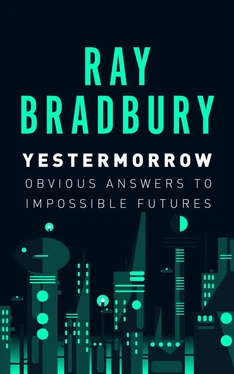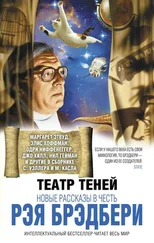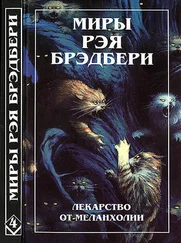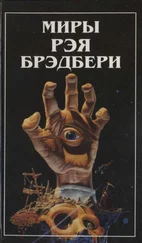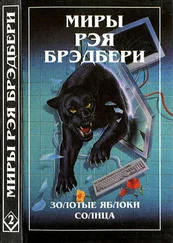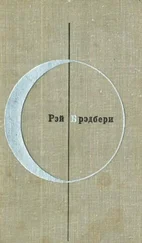And all the while he lived out his crustacean life in the accreted shell which was his mansion, his museum, and a mausoleum for dead things, which come alive as you pass.
Most of what he sketched up, line by line and stone by stone, has long since been demolished, a process whereby the ugly replaced the beautiful or halfway-decently handsome. What war could not do, pismire ant men with their unfeeling antennae took apart at an architectural picnic some few decades ago. Soane’s marble children now lie with Piranesi’s rubble.
All the more dreadfully apt because upstairs, there on the right, find the gallery where Piranesi’s Prisons and Roman Stone Gardens are closeted. There also find Hogarth’s wicked-fox, mean-otter, poisonous ginmill bum-catchers and pox-collectors, who ferment in unsocial gatherings. Hogarth’s maniac idiots might well have brought Soane down, if they had been on-scene and he had barred their way.
There is a splendid architectural monograph published in 1983 by the Academy Editions of St. Martin’s Press, which should afford you the opportunity to meet this amazing spirit. There you will find the work of his incredibly evocative collaborator/illustrator J.M. Gandy. His pictorials are breathtaking in their color, light and shadow.
But two problems arise. One glance through the book is enough to make you Concorde off to London: an expensive compulsion, but understandable. The second problem, as I have said, is more serious: most of the glorious architectures dreamed by Soane and so capably delineated and colored by Gandy are long since vanished.
The final reward is, of course, the Museum itself, where Soane’s Athens-and-Rome, pretending to be London, live on. Number 13 Lincoln’s Inn Fields will be around to the end of our century and long after. This being true, allow me to end my article with a last quote from that poem written eighteen years ago after my first encounter with that vertical tombyard:
All of it splendid, all of it fine,
Stash me like mummy, hide me like wine.
There tuck my remnants, there toss my bones,
Go not to graveyards, seek me at Soane’s.
1987
Why Science Fiction?
A few years ago I wrote a short novel entitled Fahrenheit 451 , which told the story of a municipal department in the year 1999 that came to your house to start fires, instead of to put them out. If your neighbors suspected you of reading a mildly subversive book, or any book at all for that matter, they simply turned in an alarm. The hose-bearing censors then thundered up in their red engines and squirted kerosene on your books, your house, and sometimes on you. Then a match was struck. This short novel was intended as science fiction.
Elsewhere in the narrative I described my Fire Man arriving home after midnight to find his wife in bed afflicted with two varieties of stupor. She is in a trance, a condition so withdrawn as to resemble catatonia, compounded of equal parts of liquor and a small Seashell thimble-sized radio tucked in her ear. The Seashell croons and murmurs its music and commercials and private little melodramas for her alone. The room is silent. The husband cannot even try to guess the communion between Seashell and wife. Awakening her is not unlike applying electric shock to a cataleptic.
I thought I was writing a story of prediction, describing a world that might evolve in four or five decades. But only a few years later, in Beverly Hills one night, a husband and wife passed me, walking their dog. I stood staring after them, absolutely stunned. The woman held in one hand a radio the size of a cigarette package, its antenna quivering. From this sprang tiny copper wires, which ended in a dainty cone that plugged into her right ear. There she was, oblivious to man and dog, listening to far winds and whispers and soap-opera cries, sleepwalking, helped up and down curbs by a husband who might just as well not have been there. This was not science fiction. This was a new fact in our changing society.
As you can see, I must start writing very fast indeed about our future world in order to stand still. I thought I had raced ahead of science, predicting the radio induced semi-catatonic. In the long haul, science pulled abreast, tipped its hat, and fed me the dust. The woman with the radio thimble crammed in her ear that night symbolized my failure to count on certain psychological needs that demanded satisfaction earlier than I supposed.
Whether or not my ideas on censorship via the fire department will be old hat by this time next week, I don’t know. Some nights, when the wind is right, the future smells of kerosene.
All of the above long prologue leads up to the simple fact that I very much enjoy, I relish, writing science fiction.
There is a great serious fun for the writer in asking himself: when does an invention stop being a reasonable escape mechanism—for we must all evade the world and its crushing responsibilities at times—and start being a paranoically dangerous device? How much of any one such invention is good for a person, bad for a person, fine for this man, fatal to the next?
So much depends, of course, on what the individual hears when he gives himself over to the electronic tides breaking on the shore of his Seashell. The voice of conscience and reason? An echo of morality? A new thought? A fresh idea? A morsel of philosophy? Or bias, hatred, fear, prejudice, nightmare, lies, half-truths, and suspicions? Or, perhaps even worse, the sound of one emptiness striking hollowly against yet another and another emptiness; broken at two-minute intervals by a jolly commercial, preferably in rhymed quatrains or couplets?
In writing a science fiction story around such an idea, the author must consider many things. Is there, for instance, a delicate interplay where the society does not crush the individual but where the individual realizes that without his cooperation society would fly to pieces through the centrifugal force of anarchy? Is the programming on such an ear-button receiver of a caliber to enable a man to be a gyroscope, both taking from and giving to society, beautifully balanced? Does it tell him what to do every hour and every minute of every day? Or, fearing knowledge of any sort, tell him nothing, and spoon-feed him mush? The challenge and the fun come in handling all the above ideas and materials in such a way as to predict how perversely or how well man will use himself, and therefore his mechanical extensions, in the coming time of our lives.
It is both exciting and disconcerting for a writer to discover that man’s machines are indeed symbols of his own most secret cravings and desires, extra hands put out to touch and reinterpret the world. The machines themselves are empty gloves into which a hand, either cold and excessively bony, or warm, full-fleshed, and gentle, can be inserted. The hand is always the hand of man, and the hand of man can be good or evil, while the gloves themselves remain amoral.
The problem of good and evil fascinates, then, especially when it is to be found externalized and purified in the thousands of semi-robots we are using and will use in the coming century. Our atomic knowledge destroys cancer or men. Our airplanes carry passengers or jellied-gasoline bombs. The hairline, the human, choice is there. Before us today we see the aluminum and steel and uranium chess pieces, which the interested science fiction writer can hope to move about, trying to guess how man will play out the game.
This, I think, should answer why I have more often than not written stories which, for a convenient label, are called science fiction. There are few literary fields, it seems to me, that deal so strikingly with themes that concern us all today; there are few more exciting genres, there are none fresher or so full of continually renewed and renewable concepts.
Читать дальше
